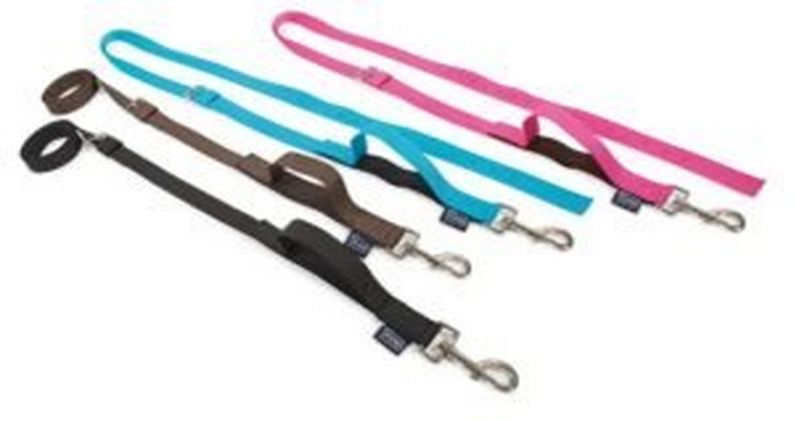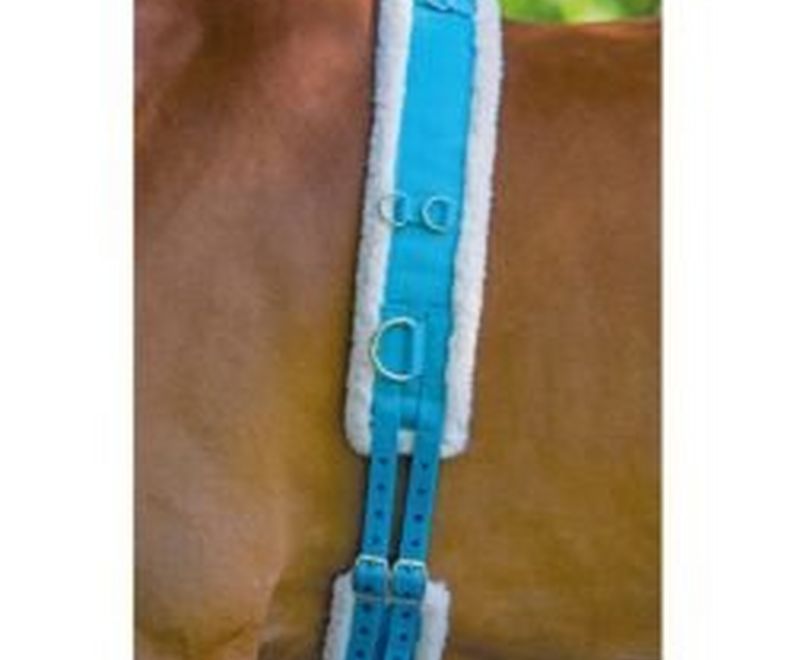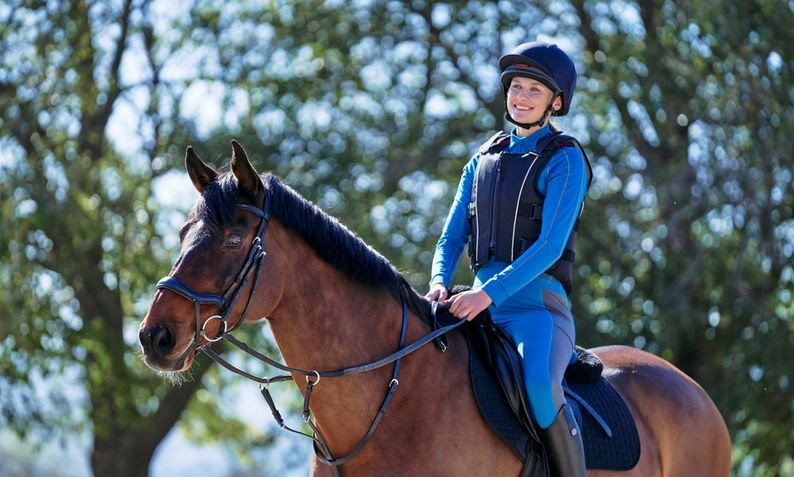
Have you ever used side reins? Gadgets and gizmos designed to improve our horses way of going are something that most of us own, but they can often get a bad reputation. We've all heard sayings such as "only bad riders blame their tools". However, this simply isn't true! By definition a training aid is "Any item developed or procured with the primary intent that it shall assist in training". Used correctly, for the right reasons, they can help us to bring the best out of our horses! The key is to choose the right option, understanding why and how to use it properly. Here we're going to be taking a look at side reins.

What are side reins?
Side reins are one of the most common traditional training aids used by horse owners, found in tack rooms all over the world, but what exactly are they? Side reins come in pairs, made from either leather or nylon. If you lay side reins flat, you’ll see that one end has a clip, the other an adjustable buckle. Sometimes, you’ll also see elastic or rubber ring inserts for improved flexibility.

How To Secure Side Reins
Side reins are attached to your horses saddle or lunge roller. To fasten them to your horses saddle, thread the end behind all three girth straps above the buckle guard (front to back) then loop it back round tucking the end back under the first strap for added security. If using a roller, simply loop the end through the ring horizontal to your horses mouth before fastening using the buckle. The clips are then attached to your horses bit.
Why use side reins?
Side reins work by applying pressure to your horse’s mouth if they lift their head above or in front of the desired position.
Side reins can be used to:
- Help our horse accept a contact without resistance.
- Develop a well muscled top-line.
- Improve suppleness and straightness.
- Develop balanced and rhymical gaits.
When we ask our horses to push from behind without a contact, they can often become rushed and start to move downhill, hollowing their back and carrying their weight on the forehand. This can make it tricky for them to remain balanced and their rhythm is often lost.
The primary aim of side reins is to provide consistent contact when we’re not riding, generally during lunging or long reining. Have you ever heard the saying “Riding from leg to hand”? Essentially, this means that we’re asking our horse to drive forward from their hind end, using their back legs as their engine. We aim to use our contact to ‘catch’ and contain this forward energy, creating an uphill pace with rhythm and impulsion. The idea isn’t to force outline, restrict movement or pull their head towards their chest. They’re simply there to provide a soft feel for our horses to work into when we’re not holding our reins.
How To Use Them Correctly
Warming Up
When we ride our horses we usually start with a loose rein to allow stretching and relaxation, before we ask for them to collect. Ground work should be no different! It’s important to allow time to warm up before applying side reins. While working in, attach the clip to the D-rings, breastplate or centre of the roller, so they’re out of the way.
The Correct Length
You should never ask your horse to carry their head behind the vertical. So, it’s important side reins are the correct length. Firstly, fasten them to your saddle or roller. Next, run them along the top of your horses crest. At the correct length they should comfortably reach the centre of the poll, without pulling. Remember, it’s always better to have them too lose than too tight.
Did you know… Side reins which are extremely tight encourage hyperflexion. In other words, Rollkur. This is where the horses head is positioned using aggressive force. This is not only immoral but illegal. Therefore, it should be avoided at all cost. When horses are behind the vertical it can cause airway obstruction, stress, fear and pain. Signs your horses side reins are too tight include working behind the vertical, shortened strides, tension and reluctance to move forward.
Equal Length
Much like when you ride, an equal contact is really important, even on a circle! Over recent years some people have adopted the technique of intentionally tightening the inside rein to create bend. While this turns the head and neck, it doesn’t bend the body! This can create stiffness, cause leaning and accentuate the problem. Side reins should not be applied tight enough to force or prevent bend. To encourage flexion throughout your horses body from the ground use a lunge whip, remembering that:
- In front of the wither the whip moves the shoulders.
- Behind the wither it creates bend.
- After the hip it sends them forwards.
Now you know the truth behind the training aid! You can shop the products in this blog at www.naylors.com. Don’t forget to share your training progress pictures with us in the comments or include #NaylorsSnapAndShare on your social posts!

